
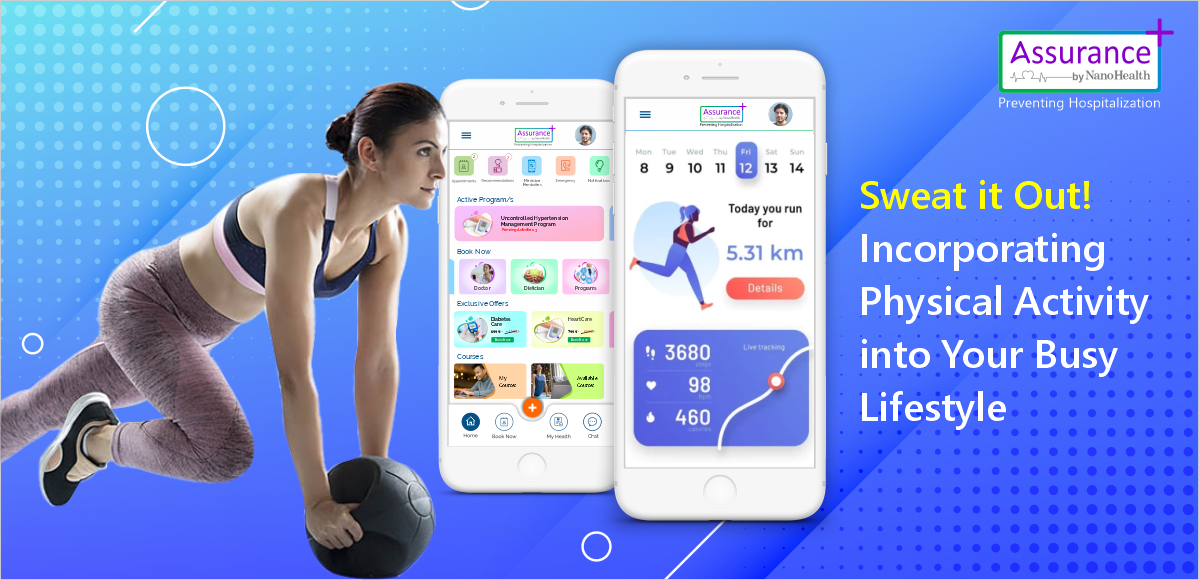
"Movement is a medicine for creating change in a person's physical, emotional, and mental states." - Carol Welch
With the rise of social media, instant messaging, and entertainment apps, people have become increasingly reliant on their phones. Unfortunately, this has led to a decline in physical activity, as more and more individuals spend their free time scrolling through their screens rather than engaging in sports, exercise, or outdoor activities.
In fact, with the concept of ‘sitting is the new smoking’ gaining popularity in recent years, it is more than important to understand the growing concern over the negative health effects of a sedentary lifestyle. This lack of physical activity not only affects our physical health but also impacts our mental well-being.
Prolonged sitting has been linked to an increased risk of obesity, heart disease, diabetes, and other health problems. Sitting for long periods can cause poor posture, back pain, and reduced mobility. To combat the negative effects of sitting, it is recommended to take regular breaks from sitting, stand up and stretch, take a short walk, or engage in some physical activity.
The World Health Organization (WHO) estimates around 2 million deaths each year are linked to physical inactivity while also stating that a sedentary lifestyle is among the 10 leading causes of death and disability in the world.
Regular physical activity is an essential component of a healthy lifestyle, and it's never too late or too early to start. Whether you're a child, adult, or senior, staying active can provide a wide range of physical, mental, and social benefits that can improve your quality of life. Engaging in physical activities such as walking, running, swimming, dancing, or strength training, can help you maintain a healthy weight, reduce the risk of chronic diseases, boost your mood and energy levels, and enhance your social connections.
In this blog article, we'll explore the benefits of physical activities and why it's important to incorporate them into your daily routine regardless of your age, so make sure you continue reading.
Benefits of Pursuing a Physical Activity
Engaging in physical activity on a regular basis is crucial for maintaining good health and lowering the risk of developing chronic illnesses. Here are some of the benefits associated with pursuing an activity:
1. Improved cardiovascular health
Physical activity helps to improve heart health by reducing the risk of heart disease and stroke. Cardiovascular exercise in particular is especially effective at strengthening the heart and improving circulation.
When you exercise, your heart has to work harder to pump blood throughout your body, which strengthens it over time. Engaging in regular exercise can lower blood pressure, decrease inflammation, increase HDL cholesterol levels, and improve insulin sensitivity.
2. Weight loss
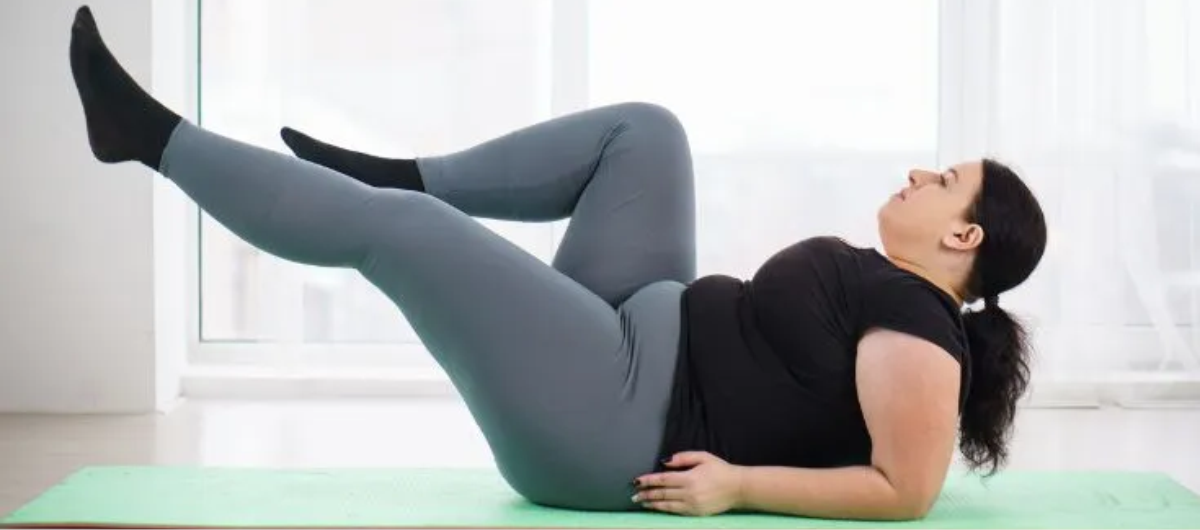
When you engage in physical activity, your body burns calories, which can lead to weight loss. Additionally, exercise can help build muscle, which can give you a more toned appearance.
Resistance training exercises, such as weightlifting or bodyweight exercises, can be particularly effective for building muscle and toning your body. In fact, a combination of regular physical activity and a healthy diet can help you achieve your weight loss and body toning goals.
If you’re looking to improve your diet and want to take the first step towards a healthier and happier you, trust Assurance by NanoHealth!
Our expert dietitians can help you by creating a customized nutrition plan that is tailored to your unique needs and preferences; To know more, call +91 91004 44004 or visit our website www.nhassurance.com.
3. Increased strength and muscle mass
Strength training helps to build muscle and increase overall strength, which can improve physical performance and reduce the risk of injury.
Pursuing any physical activity is a great way to increase strength and muscle mass. For example, when you engage in resistance training, your muscles undergo microscopic damage, which triggers the body to repair and strengthen the muscle fibers, resulting in increased muscle mass and strength.
Therefore, regular physical activity and proper nutrition are key components of building strength and muscle mass.
4. Improved bone density
Weight-bearing exercises such as strength training and sports can help to improve bone density, reducing the risk of osteoporosis. When you engage in weight-bearing exercise, your bones experience small amounts of stress, which signals your body to produce more bone tissue, thus preventing bone loss.
In this way, pursuing a physical activity can stimulate bone growth and help maintain bone density.
5. Reduced stress and anxiety
Physical activities provide a healthy outlet for managing stress and can help promote relaxation as they release endorphins, which are feel-good hormones that can improve mood and reduce feelings of stress and anxiety.
Engaging in activities such as yoga, tai chi, or meditation can also help reduce stress and anxiety as these practices incorporate breathing techniques and mindfulness, which can help calm the mind and promote relaxation.
Incorporating these physical activities can eventually improve sleep quality, which can further reduce feelings of stress and anxiety.
Types of Physical Activities
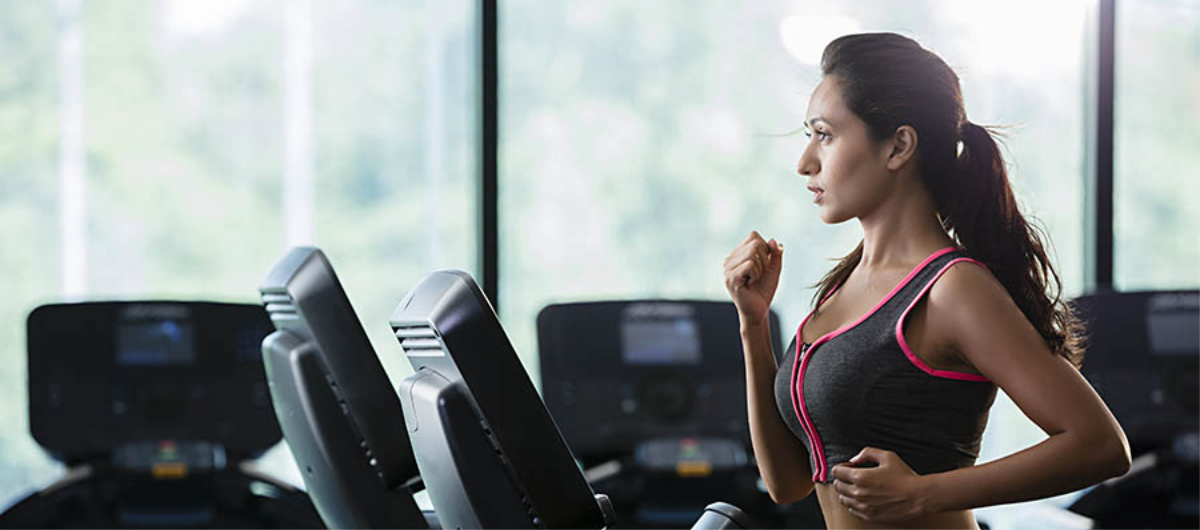
So now that you’re aware of why you should pursue any physical activity, let’s take a closer look at the different types of physical activities available. From high-intensity workouts to low-impact exercises, there are many types of physical activities that can help you achieve your fitness goals and improve your overall health:
Find out what suits you the best, mix it up, and add different varieties of exercise in your routine so you don’t get bored and your body also feels challenged at the same time.
Cardiovascular Exercise
Cardiovascular exercise, also called aerobic exercise, refers to any physical activity that elevates your heart rate and encourages blood flow. This includes various exercises such as running, cycling, swimming, hiking, and dancing, treadmill, etc. The benefits of adding cardiovascular exercise into your routine include enhancing your heart health, aiding in weight loss, burning calories, and reducing your risk of chronic diseases such as heart disease and diabetes.
Strength Training
Strength training involves lifting weights or using resistance bands to build and tone your muscles. It helps improve muscle mass and bone density, which is especially important as you age and can also help you burn more calories at rest and reduce your risk of injury.
Flexibility Training
Flexibility training involves stretching your muscles to improve your range of motion and reduce your risk of injury. Examples include yoga, Pilates, and static stretching. Flexibility training can help improve your posture, reduce muscle soreness, and enhance your overall flexibility.
High-Intensity Interval Training (HIIT)
HIIT involves short bursts of intense exercise followed by periods of rest or lower-intensity exercise. This type of training can help you burn more calories in a shorter amount of time and improve your cardiovascular health. If you’re looking to add a HIIT activity to your routine, you may want to start by adding Tabata to your training.
Tabata is a high-intensity interval training (HIIT) workout that consists of short, intense exercise periods followed by brief periods of rest. The Tabata workout involves performing an exercise at maximum effort for 20 seconds, followed by a 10-second rest period. This sequence is repeated for a total of 8 rounds, or 4 minutes in total.
The idea behind Tabata is to push your body to its limit during the 20 seconds of work, and then allow it to recover during the 10-second rest periods. The short duration of the workout makes it an efficient and effective way to improve cardiovascular fitness, burn fat, and increase muscle endurance.
Sports
Participating in sports, such as basketball, soccer, or tennis, can be an enjoyable means of maintaining an active lifestyle while also enhancing cardiovascular health, coordination, and balance. Additionally, sports can offer a social component that contributes to overall well-being.
Active Lifestyle
Simple activities like taking the stairs instead of the elevator, walking instead of driving for short distances, walking to nearby groceries, standing every few hours while sitting or doing household chores like vacuuming or mowing the lawn can all help you burn calories and stay active throughout the day.
These small changes can add up over time, helping you build endurance, improve your cardiovascular health, and boost your energy levels.
How to motivate yourself and let go of laziness while doing any physical activity?
Exercise is important for both physical and mental health, and the benefits of regular physical activity far outweigh any temporary discomfort or inconvenience. By finding ways to motivate yourself and make exercise enjoyable, you can overcome laziness and make it a regular part of your routine.
Here are some strategies you can use to help overcome laziness and stay on track:
1. Find a workout buddy
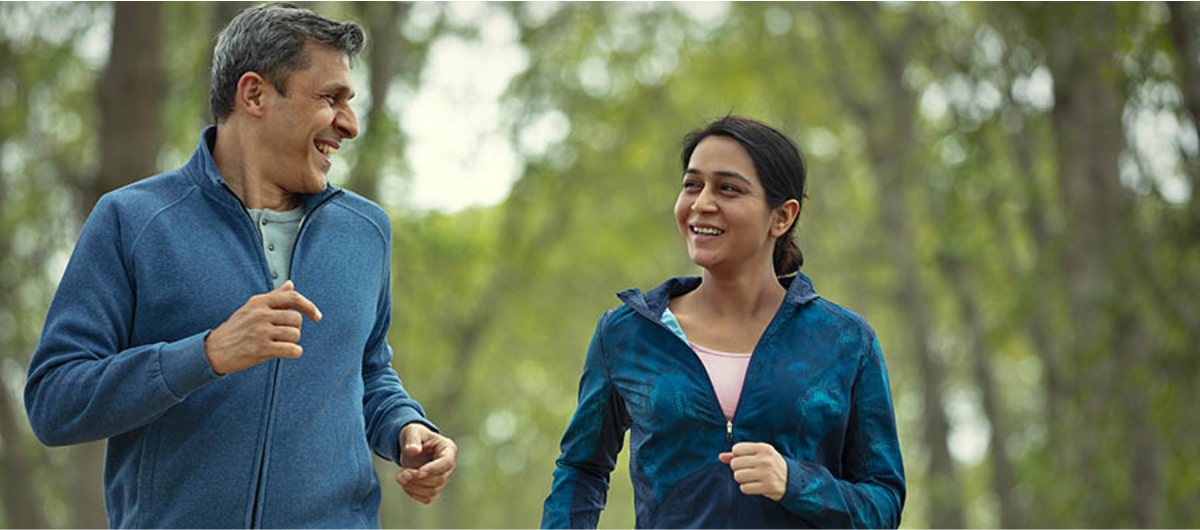
Finding a workout buddy can be a great way to stay motivated and committed to your fitness goals. When you exercise with someone else, you are more likely to stick to your workout routine because you have someone to hold you accountable.
A workout buddy can also provide encouragement, support, and positive reinforcement, which can help you push through tough workouts and achieve your fitness goals.
Additionally, working out with a friend can make exercising more enjoyable, as you can chat and catch up while you exercise. This can help reduce feelings of boredom and make it more likely that you will stick to your routine over time.
2. Set specific goals
Setting specific goals is an effective way to stay motivated while working out. Having a clear idea of what you want to achieve can help you focus your efforts, measure your progress, and celebrate your successes.
Without clear goals, it can be difficult to stay motivated, as you may not know what you are working towards or whether you are making progress.
Specific goals, such as running a certain distance, lifting a certain weight, or completing a certain number of repetitions, provide a clear target to aim for and help you stay focused on your workout routine.
3. Use positive self-talk
Using positive self-talk while working out can help improve your mindset and boost your motivation. When you use positive self-talk, you replace negative or critical thoughts with positive, supportive ones. This can help you focus on your strengths, overcome self-doubt, and stay committed to your fitness goals.
For example, instead of telling yourself "I can't do this" during a challenging workout, you might say "I'm strong and capable, and I can push through this."
4. Reward yourself
Rewarding yourself while working out can be a powerful way to stay motivated and committed to your fitness goals. When you set specific goals for yourself and work hard to achieve them, it's important to celebrate your progress and acknowledge your accomplishments.
Rewards can be as simple as treating yourself to a healthy snack or they can be more significant, such as buying yourself new workout gear or taking a fitness class you've been wanting to try.
5. Make it fun
Making exercise fun is an important part of staying motivated and committed to your fitness routine. When you enjoy the physical activities you are engaging in, you are more likely to stick with them over time.
One way to make it fun is to mix up your routine and try new things, such as taking a fitness class or going on a hike in a new location. Incorporating music or other forms of entertainment can also make your workouts more enjoyable.
6. Start small
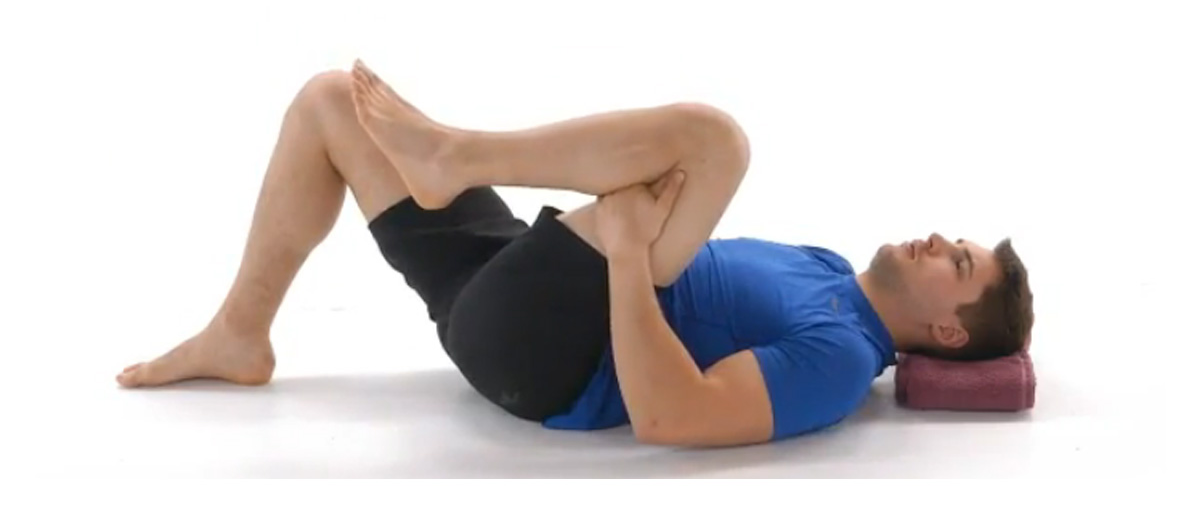
Starting small when beginning a workout routine can be a beneficial approach to help you stay motivated and committed to your fitness goals. Trying to do too much too soon can lead to burnout, injury, or discouragement if you don't see immediate results.
By starting with small, achievable goals, such as a short walk or a few simple exercises, you can build confidence and establish a consistent routine that you can gradually build upon over time. It also allows your body to gradually adapt to the demands of exercise, reducing the risk of injury and helping you build endurance and strength gradually.
Assessing Your Health Status with Assurance by NanoHealth
Prior to beginning any physical activity, it is important to assess the health status of your entire body. One essential step in this process is to undergo a full body checkup, including an electrocardiogram (ECG), to detect any underlying health issues that may increase the risk of a heart attack or other complications during physical activity.
Therefore, at Assurance by NanoHealth, we have an ideal health package, ‘The Gift of Good Health’ that enables you to take care of yourself and your loved ones.
This package includes:
- More than 25 vital blood parameters are made available at your doorstep like Liver Function Tests, KFT (Kidney Function Test), Complete Urine Examination/CUE, Thyroid Stimulating Hormone (TSH), Lipid Profile and so on.
- Mental health assessment
- 1 free doc and diet consultation per month for a year.
- 360 Digital health history.
Additionally, consulting with health experts, such as those at NanoHealth, can provide valuable insights on the best activities for your fitness level, age, and overall health.
By taking these necessary precautions, you can minimize the risk of injury or illness and ensure that your physical activity routine is both safe and effective.
To get your health status checked, connect with our health experts by calling +91 91004 44004 or visiting our website www.nhassurance.com.